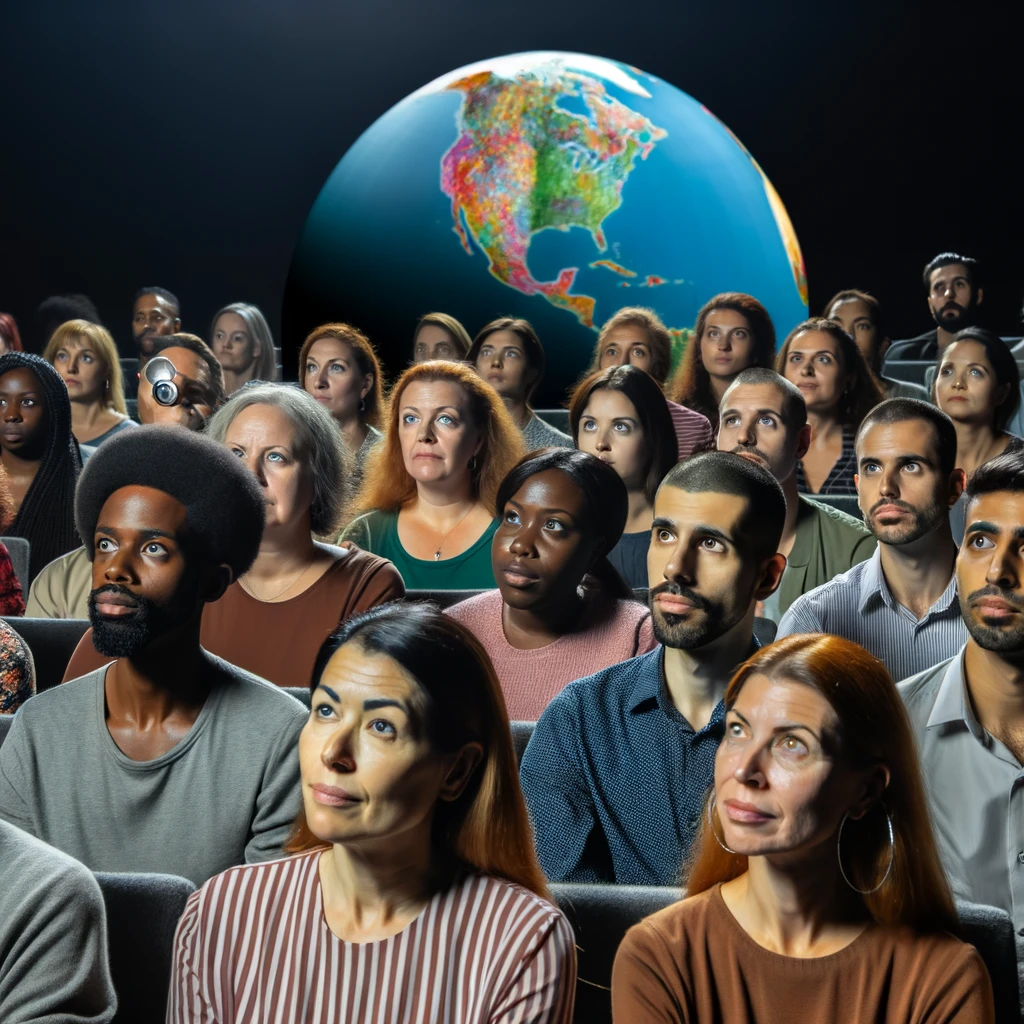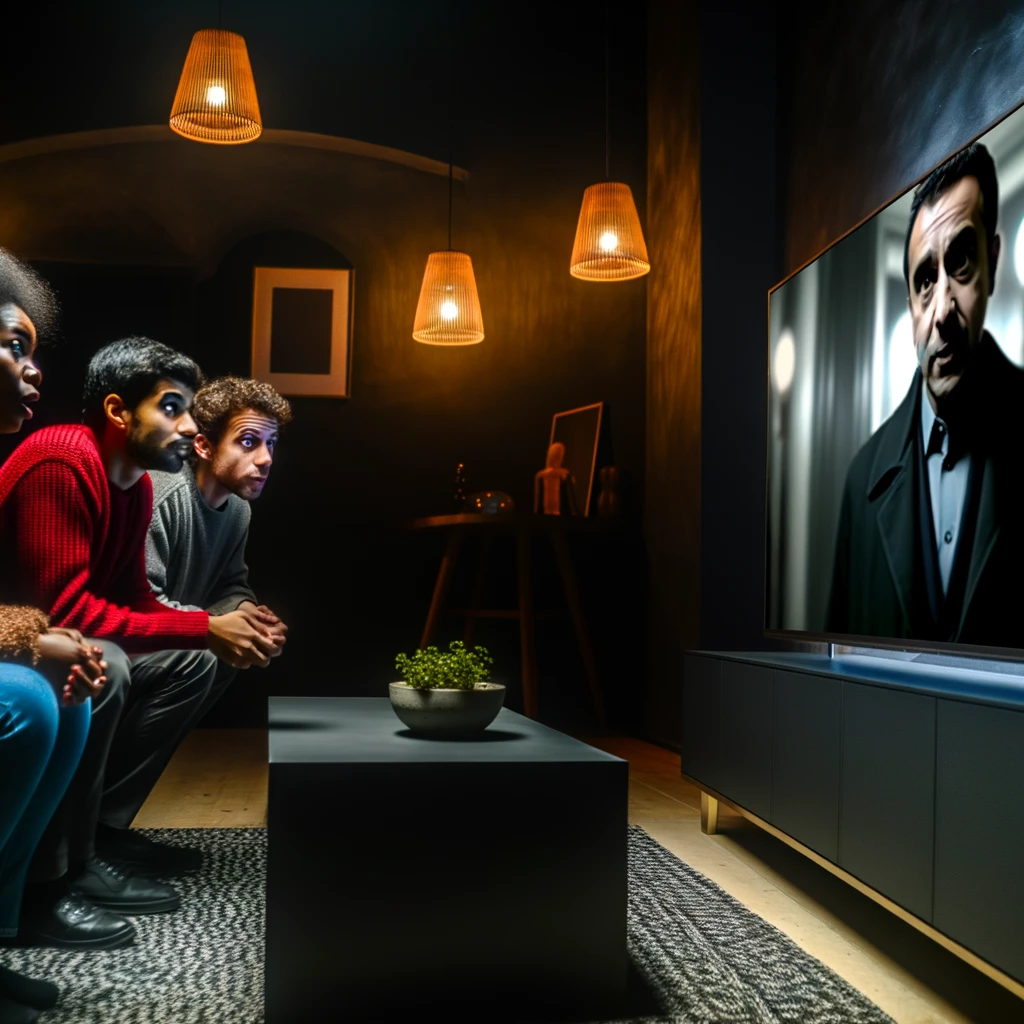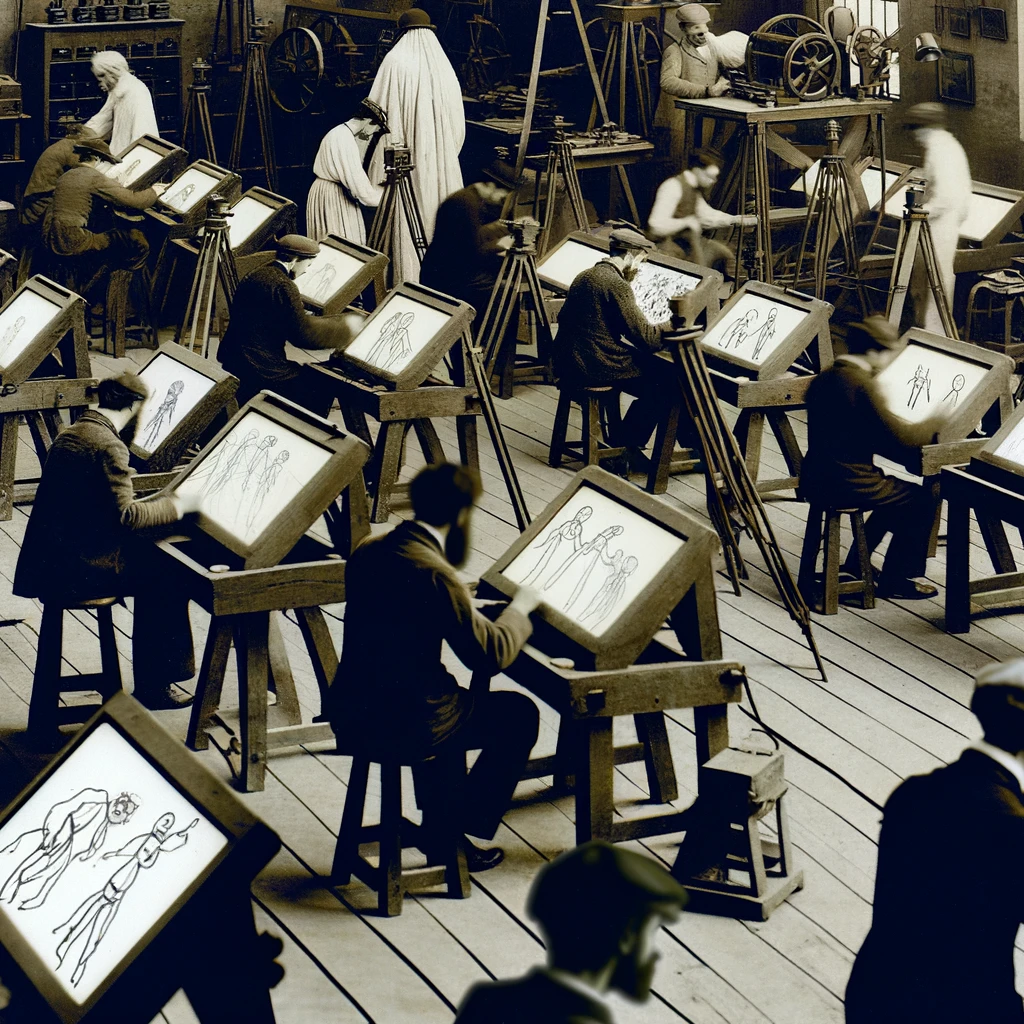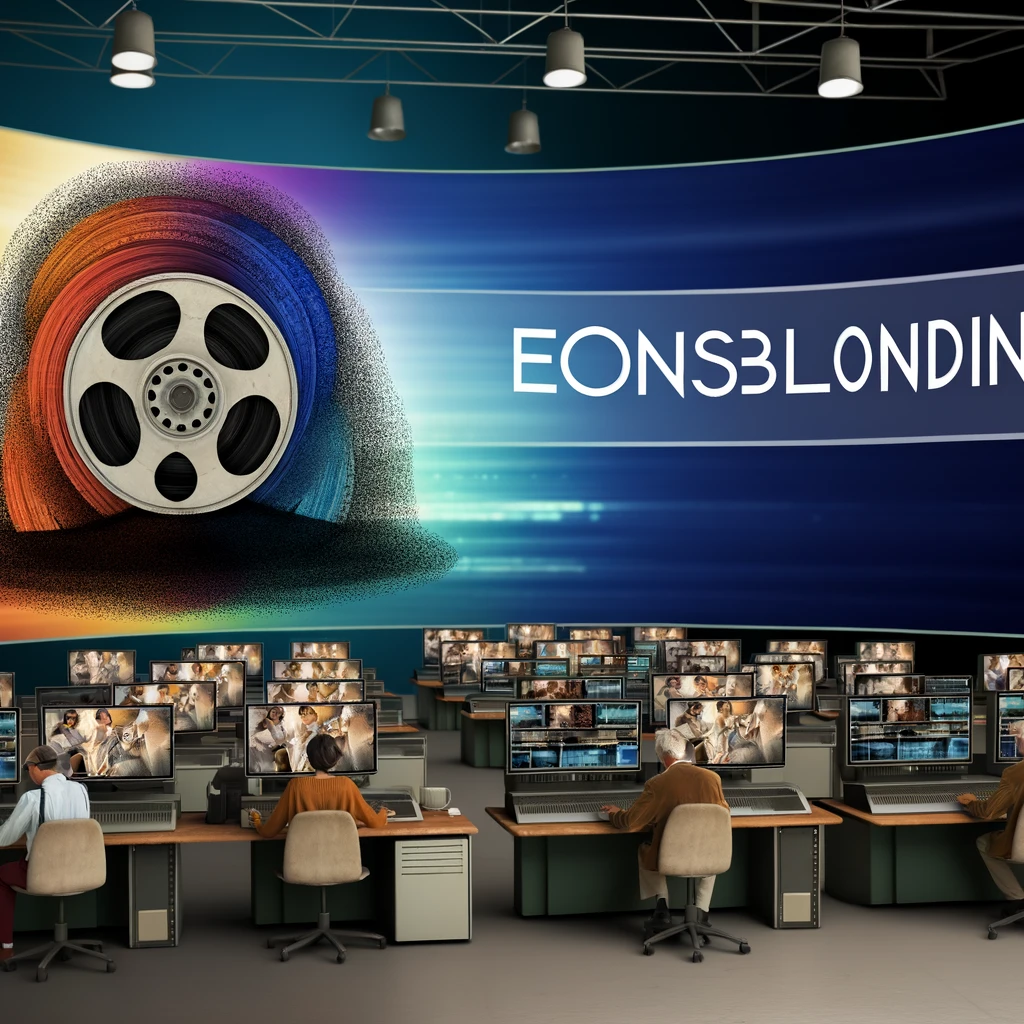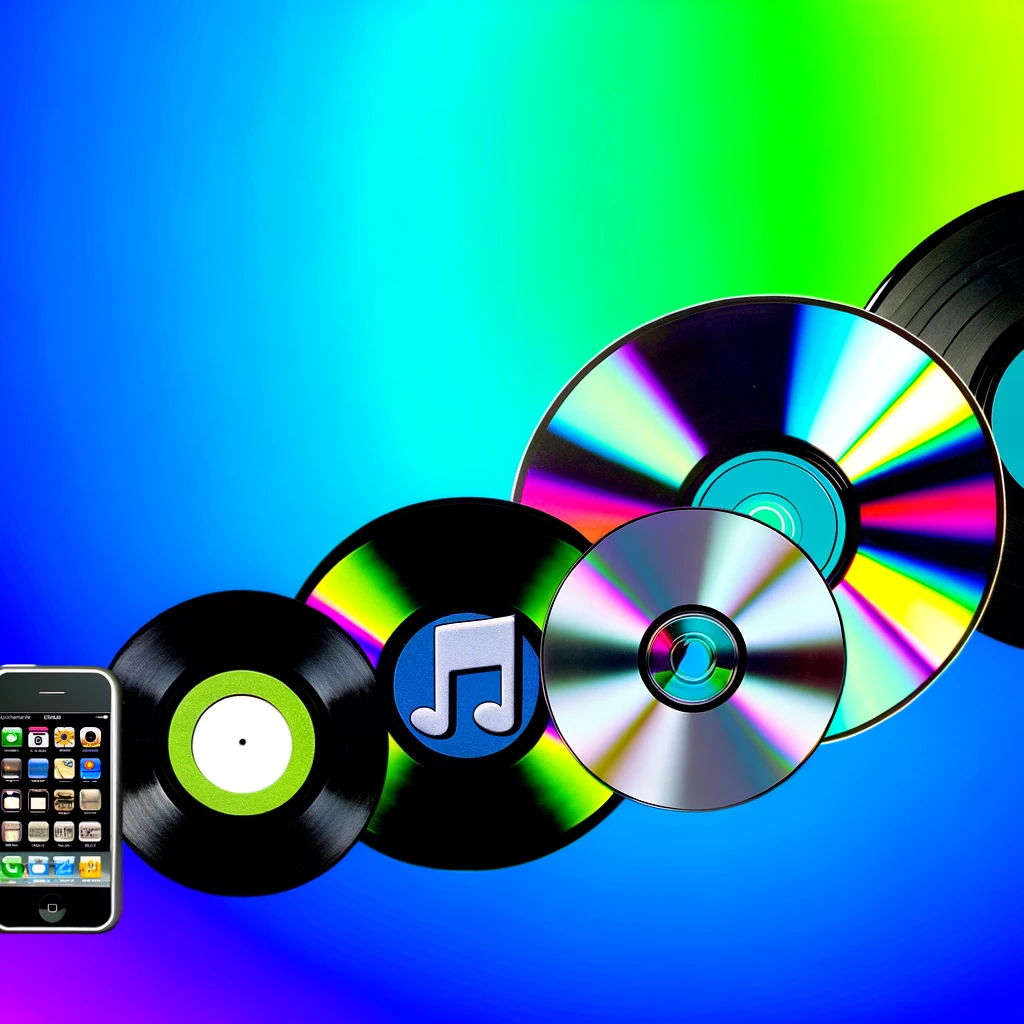
The Evolution of Music Consumption: A Journey from Vinyl to Streaming
The way we consume music has undergone a significant transformation over the decades. From the tangible charm of vinyl records to the convenience of digital streaming, music consumption has evolved in tandem with technological advancements. This article explores this fascinating journey, shedding light on the impacts of each era on the music industry and listeners alike.
The Golden Era of Vinyl Records
The journey begins in the early 20th century with the mass production of vinyl records. Vinyl, introduced as a durable and high-fidelity format, quickly became the preferred medium for music lovers. The tactile nature of vinyl, coupled with its superior sound quality, offered a unique listening experience that remains cherished by audiophiles to this day.
During this era, record stores became cultural hubs, where music enthusiasts gathered to explore new releases and discuss their favorite artists. The act of purchasing a vinyl record was not just about acquiring music; it was an experience that included examining album artwork and reading liner notes, providing a personal connection to the music.
The Rise of Compact Discs
The introduction of compact discs (CDs) in the 1980s marked a new chapter in music consumption. CDs offered improved audio quality and greater durability compared to vinyl. They were also more portable, allowing listeners to enjoy music on-the-go with the advent of portable CD players.
With the rise of CDs, the music industry experienced a boom in sales, leading to the proliferation of major record labels and a surge in music production. The digital nature of CDs set the stage for future innovations in music technology.
The Digital Revolution and Download Era
The late 1990s and early 2000s ushered in the digital revolution, fundamentally altering music consumption with the advent of MP3s and music downloading. Digital files made it easier for listeners to store vast music collections on personal devices.
Online platforms like Napster and iTunes revolutionized how music was distributed and consumed, offering unparalleled access to music libraries. However, this era also introduced challenges, such as piracy and copyright issues, which had significant implications for artists and the music industry.
The Streaming Age: Music at Our Fingertips
The advent of streaming services in the late 2000s and early 2010s marked the most recent transformation in music consumption. Platforms like Spotify, Apple Music, and Tidal have made vast music catalogs accessible to listeners worldwide with just a few clicks.
Streaming services offer personalized playlists, recommendations, and the ability to discover new artists effortlessly. The subscription model has also reshaped how artists are compensated, with streaming royalties becoming a primary income source for many musicians.
Moreover, streaming has democratized music access, enabling independent artists to reach global audiences without the need for major label backing.
The Future of Music Consumption
As technology continues to evolve, the future of music consumption is likely to see further innovations. Emerging technologies like artificial intelligence, virtual reality, and blockchain are poised to revolutionize how music is created, distributed, and experienced.
In conclusion, the journey from vinyl to streaming illustrates the dynamic nature of music consumption. Each era has brought its own advancements and challenges, shaping the way we experience music today. As we look to the future, one thing remains certain: the love for music will continue to drive innovation, paving the way for new ways to enjoy and interact with the art form.
Related Articles
